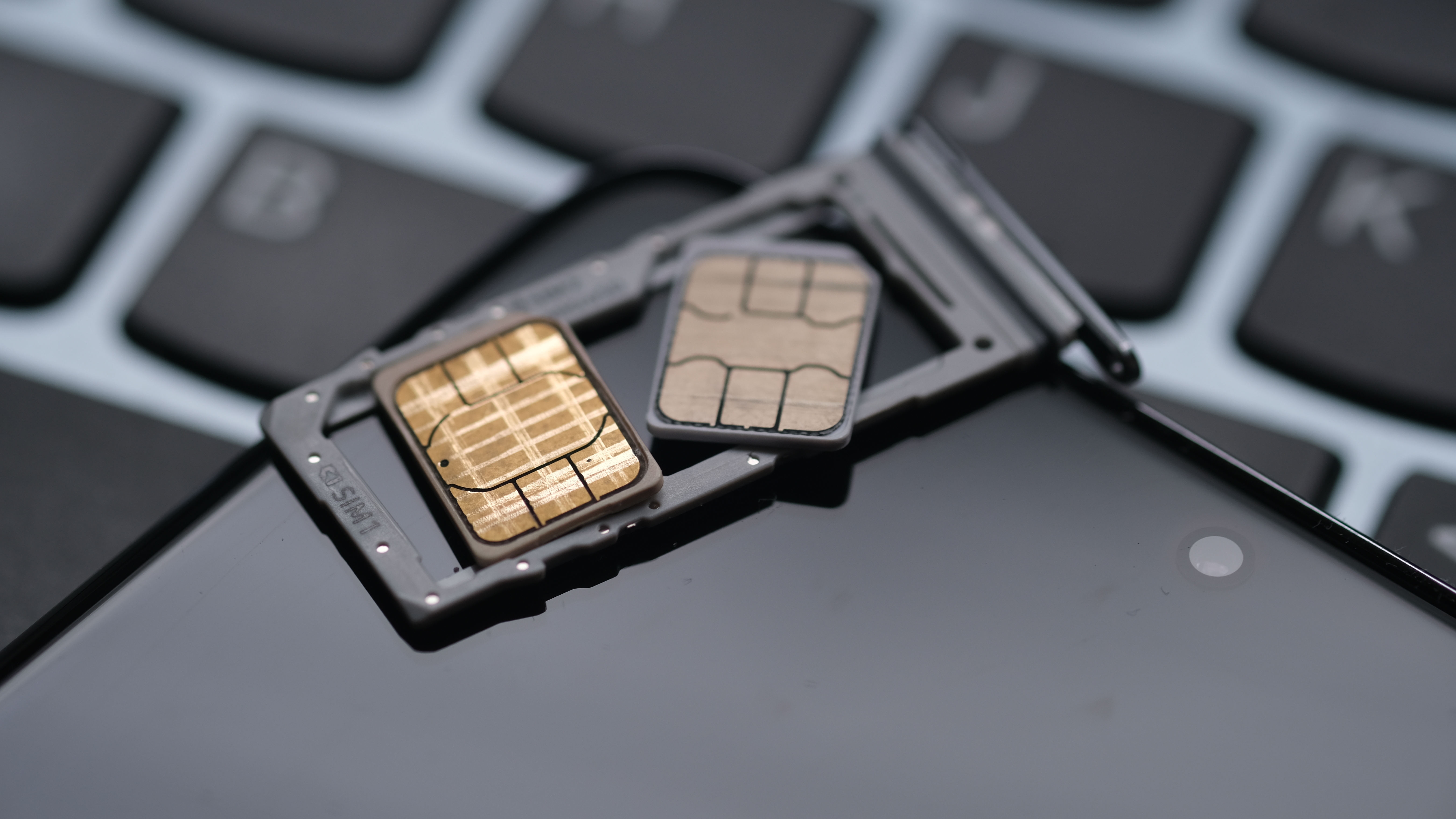Your phone number is more than just a way to stay connected — it’s also a key to many of your most important accounts. Unfortunately, cybercriminals have learned how to exploit this by using a tactic called SIM swapping. This type of fraud allows someone to transfer your phone number to another SIM card and gain access to sensitive information like bank logins, emails, and security codes.
Here’s what you need to know to protect yourself:
Watch for Warning Signs: If your phone suddenly loses service, won’t send texts, or gets stuck in roaming mode, it could be a red flag. Alerts about changed login credentials or unusual PIN messages from your carrier may also signal a SIM swap.
Understand What’s at Risk: A compromised phone number can unlock more than just calls and texts. Criminals may gain access to financial accounts, social media profiles, stored contacts, and even personal data like your date of birth or address.
Strengthen Your Authentication: Whenever possible, avoid relying on text-message codes as your only line of defense. Instead, use authenticator apps, biometrics, or hardware security keys for more secure login protection.
Add Carrier Protections: Many mobile providers let you add a “SIM lock” or extra PIN requirement to your account. This makes it harder for criminals to request a SIM transfer without your approval.
Stay Security-Minded: Use unique, strong passwords across accounts, enable multi-factor authentication, and stay alert for phishing attempts that may give fraudsters the personal details they need.
SIM swapping can be disruptive and damaging, but awareness and prevention go a long way. By building stronger digital habits and enabling protections with your carrier, you can help keep your accounts safe from takeover attempts.












